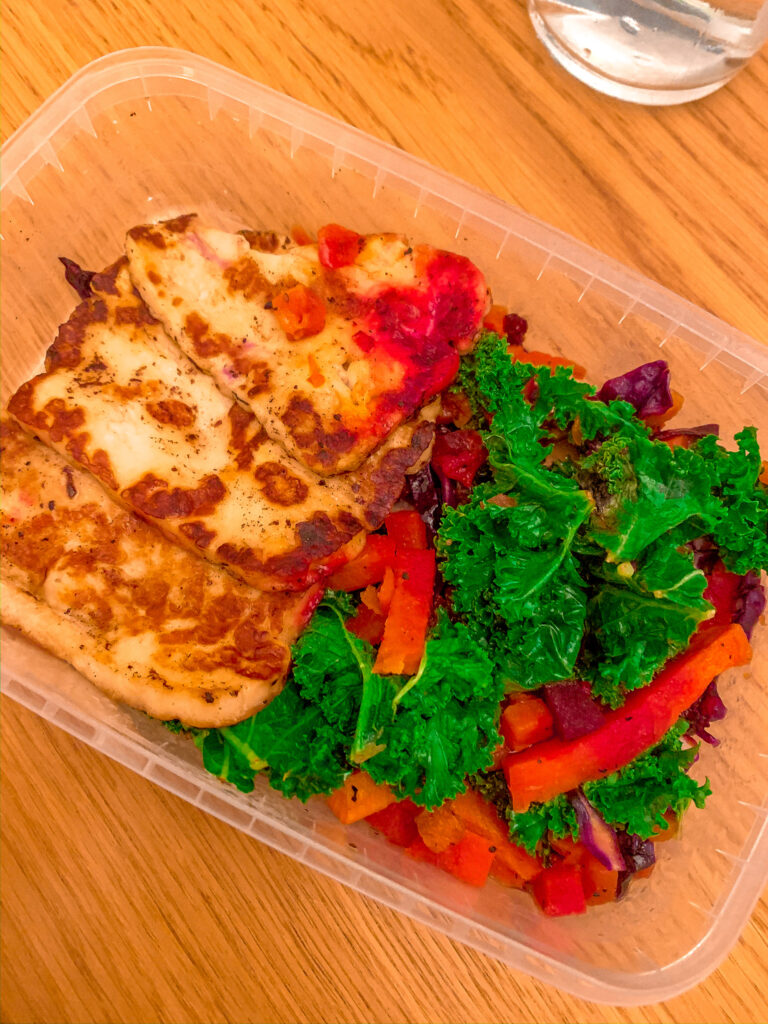Unlocking the Power of Fiber: 4 Simple Ways to Boost Your Diet
In the quest for a healthier lifestyle, dietary choices play a pivotal role. A key component of a healthy diet is fiber, often referred to as the unsung hero of nutrition. Fiber offers a multitude of health benefits, yet many people fall short of their daily intake requirements. In this article, we’ll explore the significance of fiber in a healthy diet, how to recognize if you’re not getting enough, and provide practical and straightforward ways to increase your fiber intake.
Unlocking the Power of Fiber: 4 Simple Ways to Boost Your Diet
Understanding the Essence of a Healthy Diet
A healthy diet serves as the foundation for overall well-being. It provides essential nutrients, energy, and supports various bodily functions. Ideally, a balanced diet should encompass a variety of foods, including fruits, vegetables, whole grains, lean proteins, and healthy fats.
Recognizing If You’re Lacking Fiber
Fiber, found abundantly in plant-based foods, plays a pivotal role in digestion, satiety, and overall health. Signs of insufficient fiber intake may include:
- Digestive Issues: Constipation and irregular bowel movements can signal a lack of fiber, as fiber aids in maintaining regularity.
- Low Satiety: Feeling hungry shortly after meals may indicate a lack of fiber, as it helps you feel full and satisfied.
- Weight Management Challenges: Insufficient fiber can contribute to weight gain or difficulty managing your weight.
- Blood Sugar Spikes: Fiber helps stabilize blood sugar levels. Frequent spikes may suggest low fiber intake.
- Increased Cholesterol: Inadequate fiber can lead to elevated cholesterol levels, potentially impacting heart health.
Simple Ways to Increase Fiber in Your Diet
- Start Your Day Right: Begin with a fiber-rich breakfast by incorporating whole-grain cereals, oats, or bran into your morning routine.
- Embrace Fruits and Vegetables: Incorporate fresh or frozen fruits and vegetables into your meals and snacks. Aim for a variety of colors and types.
- Choose Whole Grains: Opt for whole-grain options such as whole wheat bread, brown rice, quinoa, and whole-grain pasta over refined grains.
- Snack Smart: Enjoy fiber-rich snacks like raw nuts, seeds, or air-popped popcorn between meals.
- Legumes and Beans: Include legumes like lentils, chickpeas, and beans in soups, salads, and main dishes.
- Use High-Fiber Ingredients: When cooking or baking, incorporate fiber ingredients like flaxseed meal or chia seeds into recipes.
- Hydrate Adequately: Drink plenty of water throughout the day to support the movement of fiber in your digestive system.
Benefits of Increasing Fiber Intake
- Improved Digestion: Adequate fiber intake promotes regular bowel movements and reduces the risk of constipation.
- Weight Management: Fiber-rich foods help you feel full longer, aiding in portion control and weight maintenance.
- Blood Sugar Control: Fiber helps stabilize blood sugar levels, benefiting individuals with diabetes or those at risk.
- Heart Health: A high-fiber diet can lower cholesterol levels and reduce the risk of heart disease.
- Gut Health: Fiber supports a healthy gut microbiome, which can boost overall well-being.
Unlocking the Power of Fiber: Your Path to a Healthier You
Fiber is an unsung hero in our quest for a healthier life. It holds the key to improved digestion, weight management, stable blood sugar, and heart health. Recognizing the essence of a balanced diet, we must address the signs of inadequate fiber intake, such as digestive issues or weight challenges. Luckily, increasing fiber intake is straightforward: start with a fiber-rich breakfast, embrace fruits and veggies, choose whole grains, and stay hydrated. The benefits are immense—better digestion, weight control, blood sugar management, and a healthier heart. Fiber is your ally on the journey to a healthier you. Unlock its power and transform your well-being.









